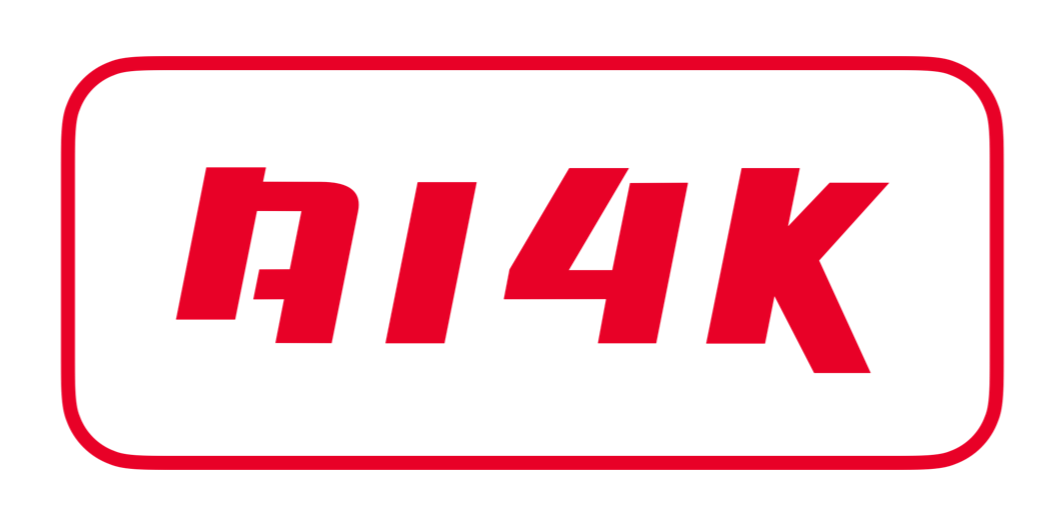Ecommerce Conversion Optimization
What is Ecommerce Conversion Optimization
Ecommerce Conversion Optimization, often referred to as Conversion Rate Optimization (CRO) in the context of online retail, is the process of improving a website’s effectiveness in turning visitors into customers. It involves various strategies and techniques aimed at increasing the percentage of website visitors who take desired actions, such as making a purchase, signing up for a newsletter, or requesting more information.
The primary goal of Ecommerce Conversion Optimization is to maximize the return on investment (ROI) from the traffic your website receives. It’s about making the most out of the existing visitors rather than simply increasing traffic. Here are some key aspects of Ecommerce Conversion Optimization:
User Experience
Ensuring that your website is user-friendly, easy to navigate, and visually appealing. This can include responsive design, intuitive menus, and clear calls to action.
A/B Testing
Running experiments to compare two or more versions of a webpage to see which one performs better in terms of conversions. This helps identify what works best for your specific audience.
Optimizing Landing Pages
Focusing on the design and content of landing pages to ensure they align with the visitor’s intent and provide a clear path to conversion.
Clear Calls to Action (CTAs)
Using persuasive and noticeable CTAs that guide visitors on what action to take, such as “Buy Now,” “Subscribe,” or “Add to Cart.”
Reducing Friction
Identifying and removing any obstacles that might deter visitors from converting. This can involve streamlining checkout processes, simplifying forms, and reducing distractions.
Improving Page Load Speed
Faster-loading pages tend to have higher conversion rates, as users are less likely to abandon a slow website.
Content Optimization
Ensuring that product descriptions, images, and other content are engaging and informative, which helps in building trust and encouraging conversions.
Trust Signals
Including trust-building elements like customer reviews, security badges, and guarantees to instill confidence in potential buyers.
Data Analysis
Regularly analyzing user data and feedback to identify areas for improvement and to make data-driven decisions.
Personalization
Tailoring the user experience based on visitor behavior, preferences, and demographics.
Ecommerce Conversion Optimization is an ongoing process that involves continuous testing and refinement to achieve the best possible results. It’s a critical component of any successful online retail strategy, as it directly impacts revenue and profitability.
Enhancing Web Conversion for E-commerce
In the following video, several aspects are being discussed regarding to the website, such as its layout, messaging, and content. They provide feedback and suggestions on how to improve the website’s effectiveness in terms of conversion rates and user engagement.
The video’s content includes:
Evaluation of the website’s homepage, including the headline and imagery.
Assessment of the product offerings and descriptions.
Analysis of various elements on the page, such as icons and text.
Discussion of potential angles and unique selling propositions.
Suggestions for crafting a compelling story to engage the target audience.
Emphasis on the importance of a strong hook to grab the audience’s attention.
It’s essentially a breakdown of how the website could be optimized for better marketing and conversion results. The video provides insights into improving the website’s messaging and storytelling to connect with potential customers effectively.






